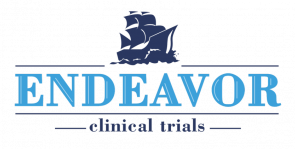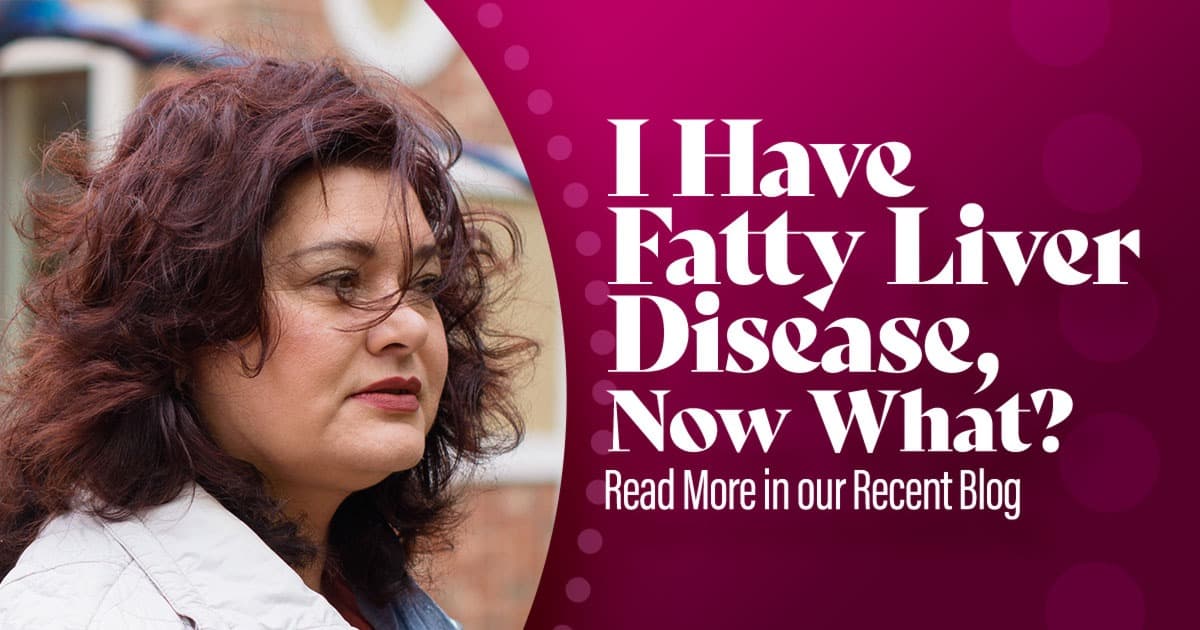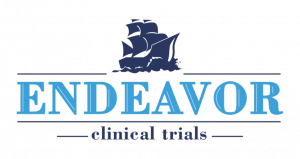Non-alcoholic fatty liver disease (NAFLD) is a growing issue of epidemic proportions in America. The term covers a range of conditions that result in the excess fat build-up in the liver where little to no alcohol is involved. NAFLD is the most chronic liver condition in the U.S., affecting a quarter of the world’s population. If you are newly diagnosed, you may be wondering, “I have fatty liver disease, now what?” The answers may be closer than you think.
Too Much of a Good Thing
It’s true; you can really have too much of a good thing. But when that thing can affect your overall health, it’s bad. For example, in a healthy liver, there is always some fat content present. After all, the liver plays a vital role in determining the storage and usage of fat. Much of the fat in our body comes from what we consume. If our diet is consistently putting more fat into our bodies than we can use, over time, it triggers a series of events that can lead to serious health problems without correction.
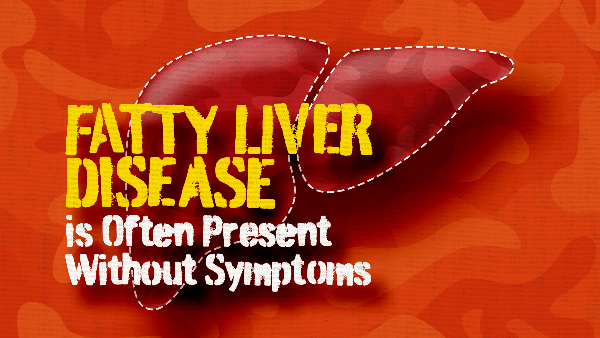
After the fat content of the liver surpasses about 25%, your immune system recognizes a problem and tries to heal the liver. Typically, inflammation is essential to healing. However, continual fat accumulation means inflammation continues. Long-term chronic inflammation of the liver can lead to a more severe form of NAFLD called non-alcoholic steatohepatitis, or NASH. In some cases, NASH can progress to advanced scarring and liver failure.
Now What?
The liver can regenerate and heal itself up to a certain point, but you must act NOW. In addition to your treatment plan from your doctor, lifestyle changes have the most positive impact on liver disease progression. It makes sense, right? Bad choices got you into this, and better choices can help course correct. These include:
- Diet– Follow a sensible and overall nutritious diet low in carbohydrates.
- Maintain a healthy body weight– If you are overweight, working towards achieving and maintaining a healthy weight is one of the biggest things you can do to combat NAFLD. For example, a total body weight loss of 7-10% positively affects fat content and inflammation of the liver.
- Physical activity– Exercise gets your heart pumping and increases the flow of oxygen and other vital nutrients your liver and body need to function at optimal levels. Thirty minutes of moderate activity 3-5 days a week is recommended.
Prioritizing Your Health and Accelerating NASH Options
Severity, stage, and other specific variations in your body all play a part in the progression of fatty liver disease. On the other hand, a healthier lifestyle can help stop, slow, or even reverse the damage it causes in most cases.
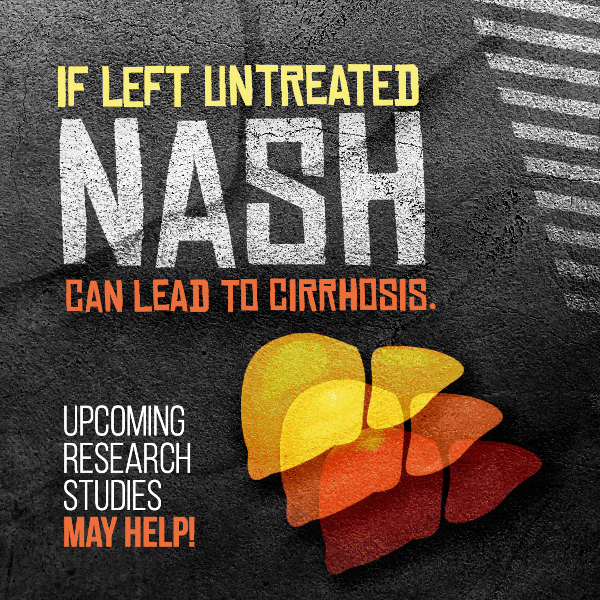
There are currently no FDA-approved treatments for NASH. Thankfully, potential new options under evaluation in clinical research studies show promise and give hope to patients. Participating in clinical research studies helps you learn more about your condition. If you have NASH, learn more about whether upcoming studies here at Endeavor Clinical Trials may be an option for you. Call us today at 210-949-0807 or browse and apply to current and future NASH study opportunities on our website.
Source:
